A String of Pearls
Lemeeze Davids
A mollusc cannot remove or erase a disturbance, but it can transform it into an iridescent object. Looking at how vulnerabilities can be processed over time, six artworks are strung together as pearls. – October 25, 2024
The pearl, an irritant held within a soft inner world, is a convalescence. Protection is the first priority, but out of the process comes a glistening rounded object, a metaphor for something valuable, innocent. There is a commonly held belief that a grain of sand is the usual catalyst, but a pearl can be created from any organic material or damage to the mollusc's body. The pearl is the antithesis of a lacuna.
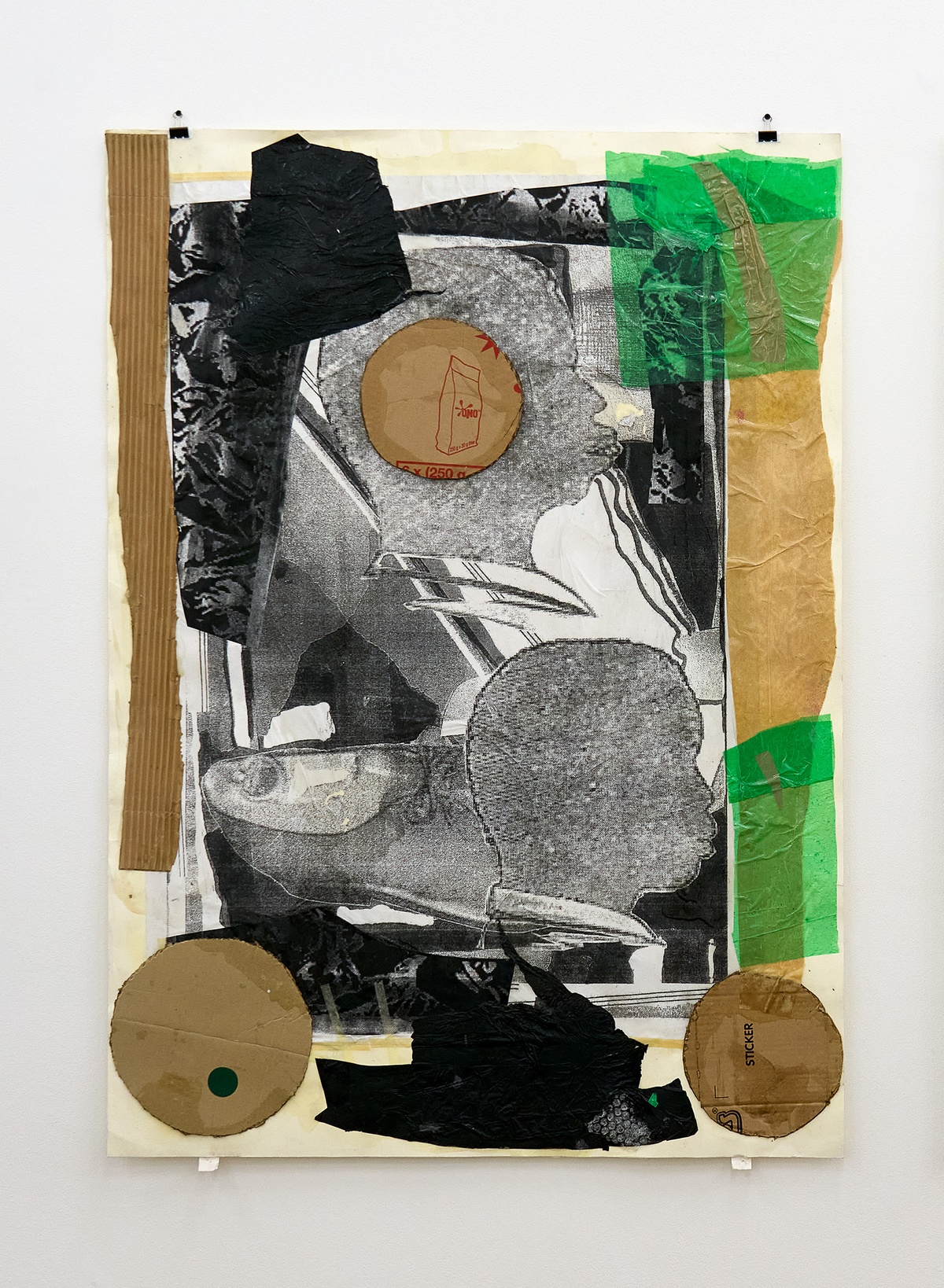
The saying, “The world is your oyster,” came from Shakespeare’s The Merry Wives of Windsor (1602): “Why then, the world's mine oyster,/Which I with sword will open."My initial sense was that the saying alluded to ‘a world of possibilities’, so it shocked me that the aphorism was born of the sentiment of ‘you cannot remove a pearl without force.’
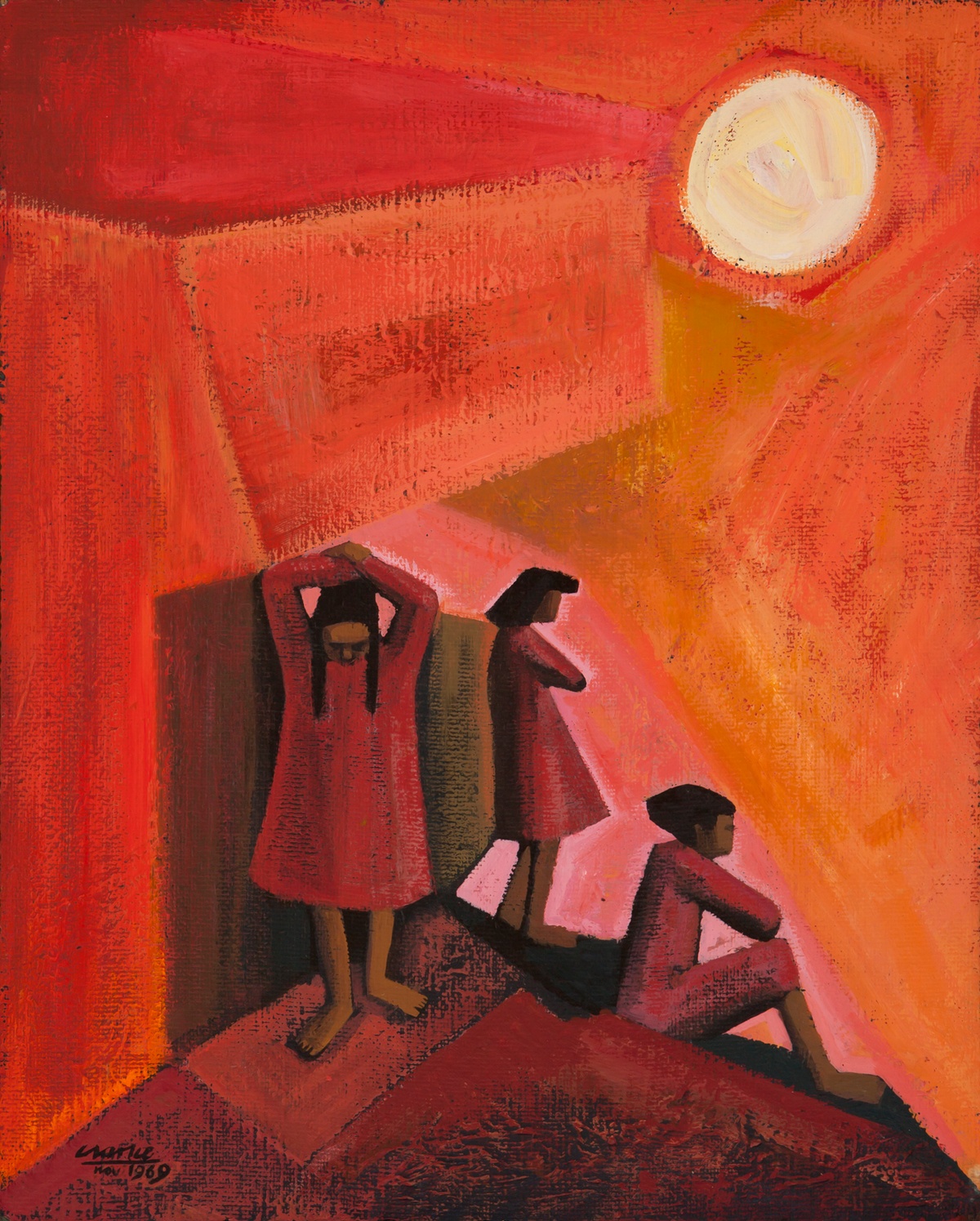
Anxiety – Clarke's “hot blazing anger and frustration” envelope a luminous orb. The planes of brilliant reds and vermillion of the sky are layered, as the folds of any oyster’s mantle; holding the trepidation.The painting, created in the context of 1967, references the anxiety as the Group Areas Act led to Simon’s Town being declared a whites-only suburb. The anticipation of displacement calcified in the community.

Baroque pearls, so named after the French word meaning 'irregularly shaped', can range from subtle teardrop shapes to totally non-spherical mutations. Ezrom Legae’s Face reminds me of this, rounded in its irregularity, organically geometric.Seemingly turned over and over in the artist’s hands in its terracotta draft, “one becomes aware that an ordinary physical substance is being transformed into something spiritual and meaningful," EJ de Jager wrote of Legae’s work.Disturbed by the oppression and the degradation of his people under apartheid and post-apartheid, Legae noted of the intentions of his practice, “People can change, but masters cannot. Change doesn’t happen overnight.”
A mollusc can process a vulnerability in four months, but more often, it can take many years. Revisiting the intrusion again and again, coating it once more to soften the disturbance.
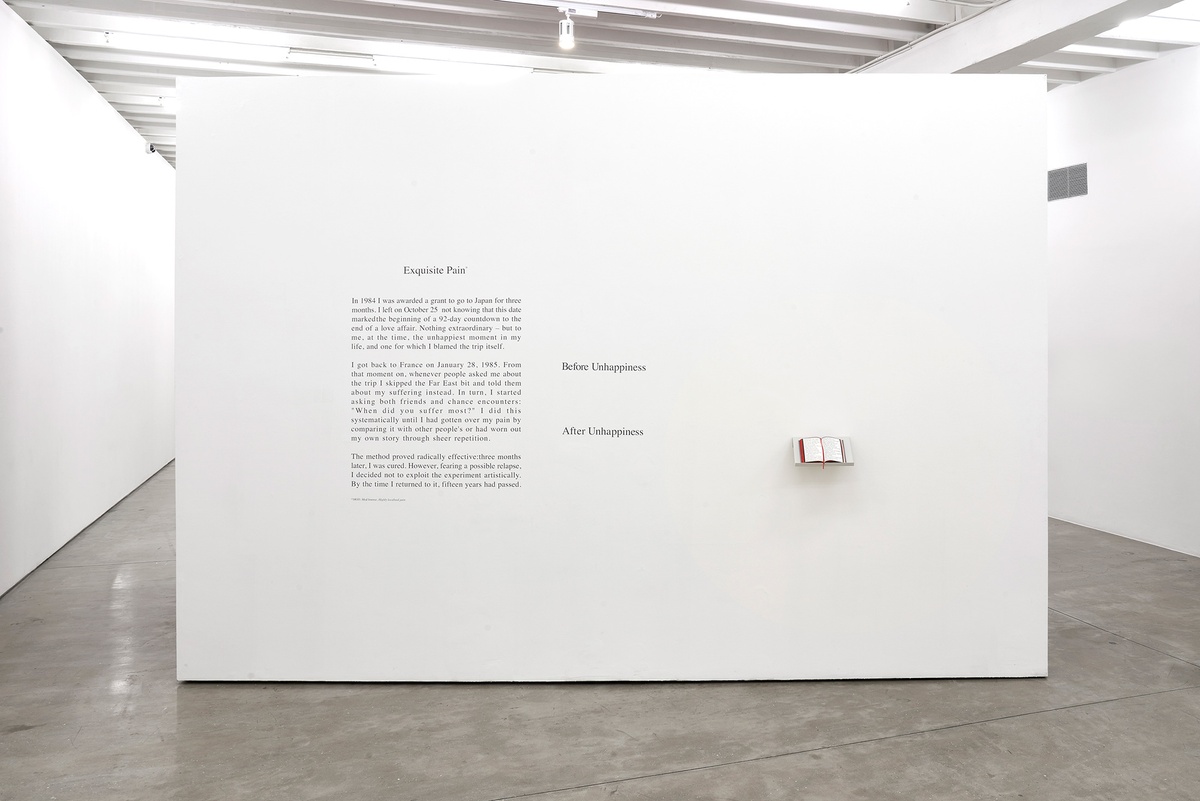
For ninety-two days, Sophie Calle records the anticipation of meeting a lover, only to be met with heartbreak when he doesn’t show up. Exquisite Pain documents the pearl of her grief, transforming each time she re-tells the story. Of her process, Calle considers the final product: “I live the happy moments, the sad ones, I exploit for artistic reasons, to turn them into a piece."Once believed to be the tears of Eve or Aphrodite, pearls are created out of tremendous discomfort which is sublimated into something iridescent, of high value.
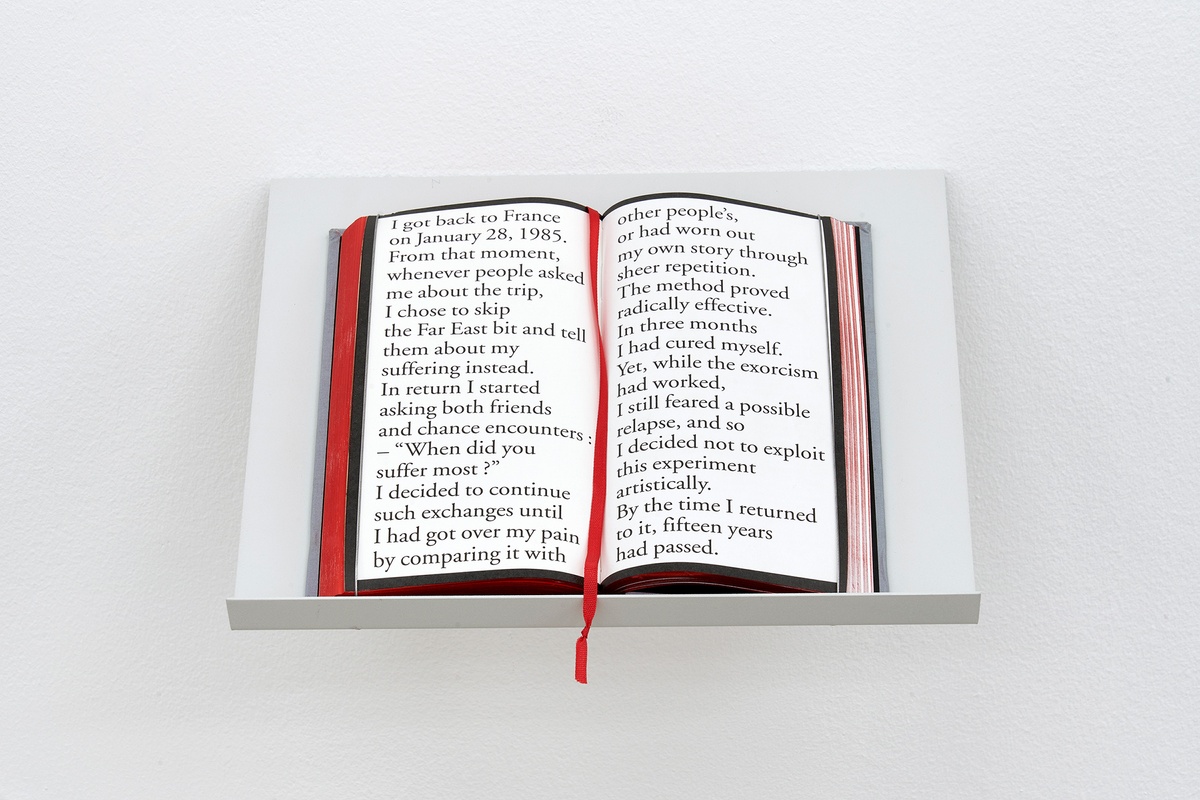
A pearl’s iridescence is created by the overlapping of consecutive layers of nacre (calcium carbonate), which refracts light that falls on its surface.These numerous bands, which wrap around the vulnerability, interfere with different wavelengths of light from different angles, creating luster.
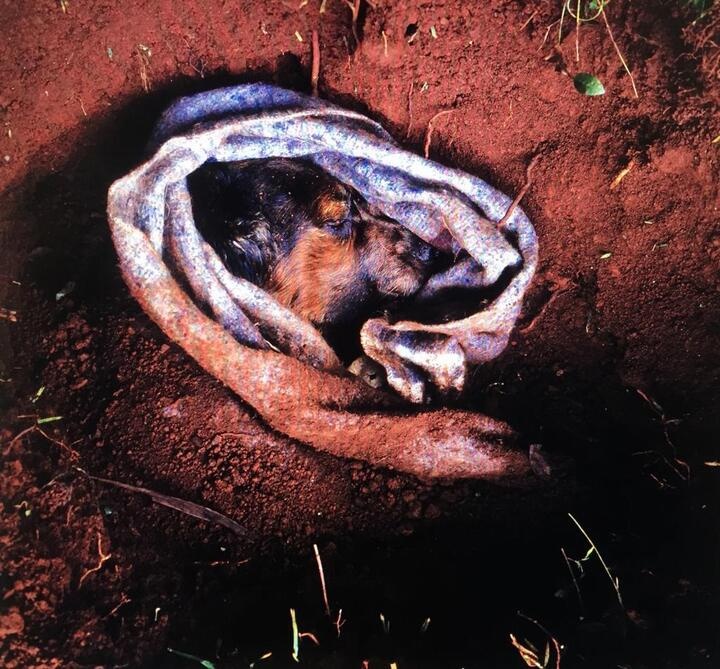
I didn’t have that kind of moment, of parting... I suppose when you lose something or someone very special. He was so present in various parts of my life over the last ten years, spatially – the way that I moved in the house, in the garden, so much in my life was governed by his great big body.An excerpt from a conversation with Jo Ractliffe, Josh Ginsburg, and Francisco Berzunza, held in person and online in preparation for You to Me, Me to You, 1 June 2023.
– Jo Ractliffe
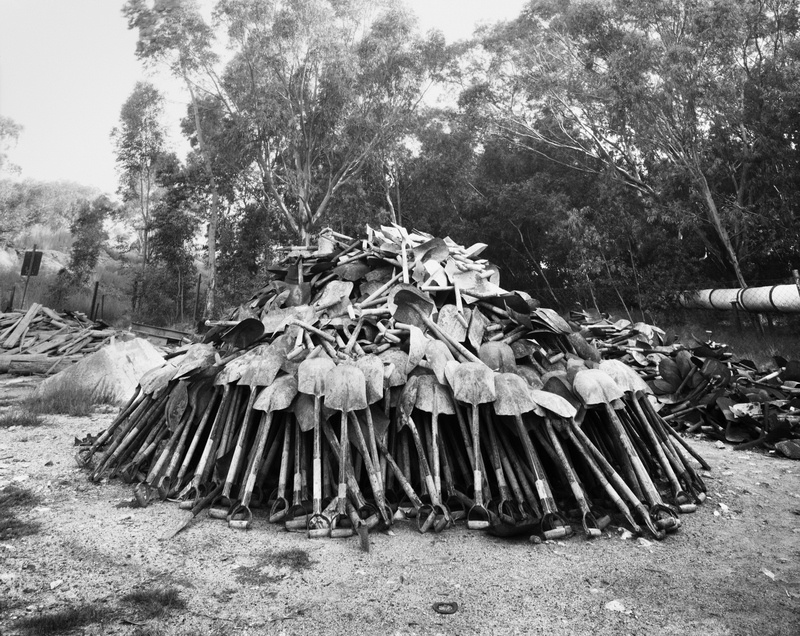
The pearl is a demonstration on how time and repetition can transmute pain into beauty, not by erasing the original wound, but by giving it new meaning through successive layers of reflection and refraction.It is the opposite of a hole, it is the calcification of ruptured space.